Jan Hus: Czech Reformer And Bohemian Religious Leader Was Burned At Stake For Heresy
A. Sutherland - AncientPages.com - Jan Hus (1372 – 1415) was a controversial Czech thinker and reformer in the Roman Catholic Council of Constance (1414–18). He was convicted of heresy and burned at the stake.
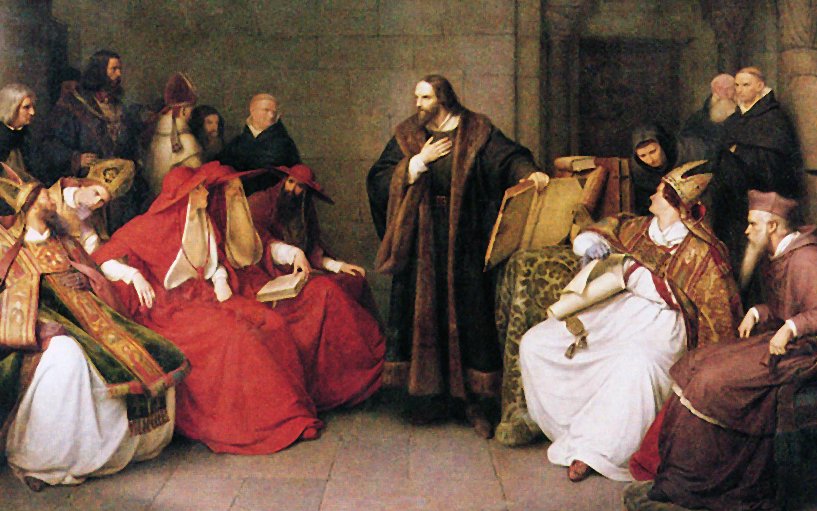 Jan Hus at the Council of Constance, 19th-century painting by Karl Friedrich Lessing. Public Domain
Jan Hus at the Council of Constance, 19th-century painting by Karl Friedrich Lessing. Public Domain
Unfortunately, he was not the only one. The medieval Church struggled violently against rebels who criticized the doctrines of the Catholic Church. This institution controlled the state and the people, regardless of their status.
Jan Hus was among those Christians who – not only theoretically – but openly and publicly disagreed with the Church's teachings. He was a Czech farmer, who studied in Prague, became a master, dean, and finally rector at the University of Prague and the Bethlehem church.
Strongly influenced by the writings of an English scholastic philosopher and thinker, John Wycliffe (c.1329-1384), Hus attacked the world's priesthood and the Church's riches. As his preaching was in the Czech language, it enjoyed great popularity, and he had many listeners and active supporters.
Hus was a brave man who did not hesitate to criticize the Church's different actions and abuses committed by the clergy, especially in granting indulgences.
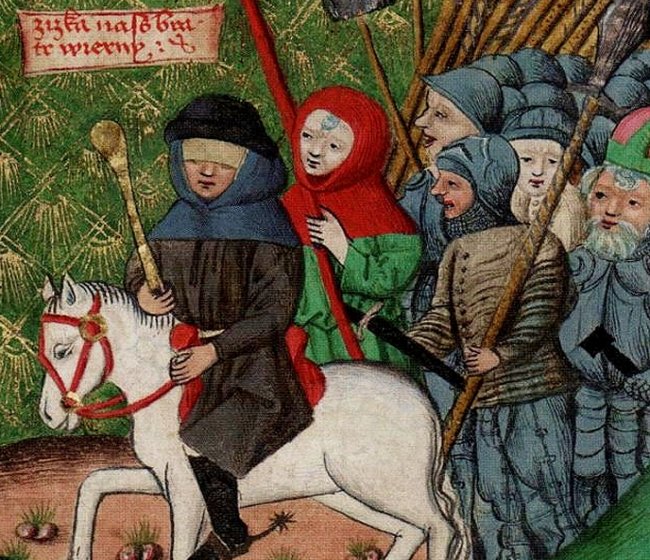 Jan Žižka (c. 1360 – 11 October 1424) - a Czech general, a contemporary and follower of Jan Hus, Hussite military leader, leading troops of Hussites. Janíček Zmilelý / Public Domain
Jan Žižka (c. 1360 – 11 October 1424) - a Czech general, a contemporary and follower of Jan Hus, Hussite military leader, leading troops of Hussites. Janíček Zmilelý / Public Domain
Unlike the vast majority of preachers at the time, Hus was an advocate for women and feminism.
Hus stated that "Women were made in the image of God and should fear no man." He allowed women to preach and serve in battle. Later, since women were allowed to fight, they played a critical role in the Hussite Wars.
When the Council of Constance assembled in 1414, Hus was asked to be there. He was to officially present his religious reform views to church dignitaries at the Council.
Emperor Sigismund of Luxembourg, the spiritual and military leader of several crusades, who reigned from l4l0 to 1437, officially guaranteed Hus' safety at the meeting, or so it seemed. However, Emperor Sigismund was not worthy of Hus' trust. He took part in the capture of the Czech precursor of Protestantism, Jan Hus, which resulted in his being tried and burned at stake.
Immediately after arriving in Constance, Germany, on November 14, 1414, Hus was arrested, and in June 1415, he was brought before the court as a heretic.
According to the Council, John Hus taught, asserted, and preached many errors and heresies of John Wycliffe, which have been condemned.
The prosecutors refused him the right to explain his views, and Hus declined to condemn his thirty theses from the De Ecclesia treatise from 1413, which was considered heretical. Still, some admired his theories.
His teachings were erroneous, others offensive to the ears of the devout, and many of them were seditious. Many of Hus' ideas were considered notoriously heretical and long ago rejected and condemned by the Church. The Council had to forbid them to be preached, taught, or approved.
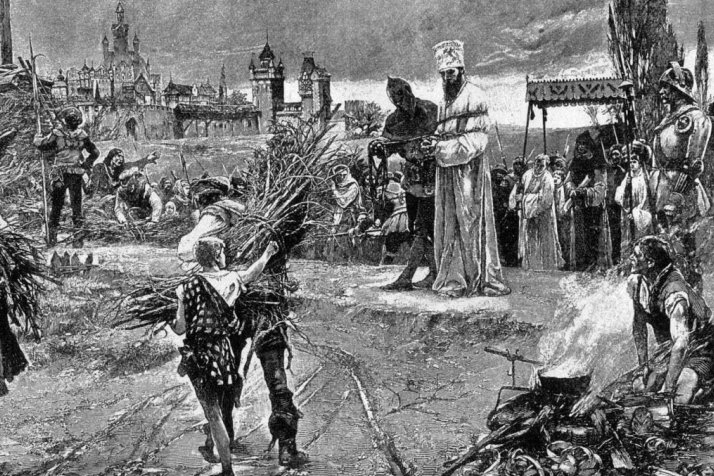 Burning of Jan Hus at the stake at Council of Constance. Carl Gustaf Hellqvist (1851–1890). Public Domain
Burning of Jan Hus at the stake at Council of Constance. Carl Gustaf Hellqvist (1851–1890). Public Domain
Therefore, the thinker was deposed and degraded from the order of the priesthood and the other orders he held. The Council voted against him and sentenced him to death at stake.
On July 6, 1415, Hus was burned at the stake for heresy against the doctrines of the Catholic Church. Burning at the stake of Jan Hus was a consequence of Hus' open speech against the Church.
The execution of this brave man sparked anger and revolts and led to the Hussite Wars of 1419–1434. To this day, Hus is considered the national hero of the Czech Republic. When in 1,119 Sigismund I of Luxembourg inherited the Czech crown from his brother, a long and fierce war broke out because the Hussite blamed the emperor for the death of his spiritual leader.
The Hussites were a powerful pre-Protestant Christian movement, and Sigismund I of Luxembourg was forced together with the Church to negotiate with the Hussites. The settlement between the parties concerned was crowned in 1435, in which the Catholic Church officially allowed Bohemia to practice its version of Christianity (Hussitism).
For the first time in history, the Catholic Church caused to coexist in harmony with two faiths on a territory it controlled. Hussitism foreshadowed the European Reformation and became a step forward for religious freedom.
Nearly six centuries later, in 1999, Pope John Paul II expressed "deep regret for the cruel death inflicted" on Hus and added "deep sorrow" for Hus's death and praised his "moral courage."
Written by – A. Sutherland - AncientPages.com Senior Staff Writer
Updated on August 4, 2022
Copyright © AncientPages.com All rights reserved. This material may not be published, broadcast, rewritten or redistributed in whole or part without the express written permission of AncientPages.com
Expand for referencesReferences:
Benazzi N: 1001 faktów z historii Kościoła.
Piskorski J., Polska-Niemcy. Blaski i cienie tysiacletniego sasiedztwa
More From Ancient Pages
-
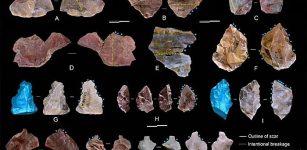 New Tool-Making Timeline For East Asian Hominins – Study
Archaeology | Mar 9, 2024
New Tool-Making Timeline For East Asian Hominins – Study
Archaeology | Mar 9, 2024 -
 We Need To Look Underwater To Understand Our Past – New Study
Archaeology | Apr 14, 2023
We Need To Look Underwater To Understand Our Past – New Study
Archaeology | Apr 14, 2023 -
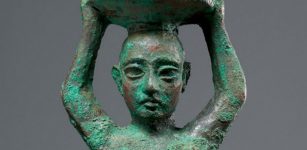 Divine Shulgi Of Ur: Influential, Long-Ruling King, Conqueror And Native Akkadian Speaker In Five Languages
Civilizations | Mar 22, 2019
Divine Shulgi Of Ur: Influential, Long-Ruling King, Conqueror And Native Akkadian Speaker In Five Languages
Civilizations | Mar 22, 2019 -
 Ancient Maps Reveal What Will Happen With Our Climate In The Future – Scientists Say
Archaeology | Oct 12, 2022
Ancient Maps Reveal What Will Happen With Our Climate In The Future – Scientists Say
Archaeology | Oct 12, 2022 -
 The Faery Grail Of Hospitality And Accord- The Forgotten Story – Part 1
Featured Stories | Sep 25, 2019
The Faery Grail Of Hospitality And Accord- The Forgotten Story – Part 1
Featured Stories | Sep 25, 2019 -
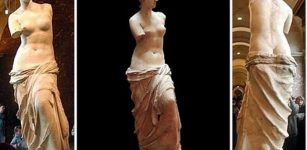 On This Day In History: Statue Of Venus de Milo Is Discovered On The Aegean Island Of Milos – On Apr 8, 1820
News | Apr 8, 2016
On This Day In History: Statue Of Venus de Milo Is Discovered On The Aegean Island Of Milos – On Apr 8, 1820
News | Apr 8, 2016 -
 Dingoes Given ‘Almost-Human’ Status In Pre-Colonial Australia – Archaeological Study Finds
Archaeology | Oct 21, 2023
Dingoes Given ‘Almost-Human’ Status In Pre-Colonial Australia – Archaeological Study Finds
Archaeology | Oct 21, 2023 -
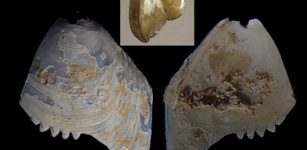 Aboriginals Finely Serrated And Perforated Shell Artifacts – Evidence From The Murray River, Australia
Archaeology | Sep 17, 2021
Aboriginals Finely Serrated And Perforated Shell Artifacts – Evidence From The Murray River, Australia
Archaeology | Sep 17, 2021 -
 Home Of Jesus’ Apostles Found In The Lost Biblical Town Bethsaida
Archaeology | Aug 10, 2017
Home Of Jesus’ Apostles Found In The Lost Biblical Town Bethsaida
Archaeology | Aug 10, 2017 -
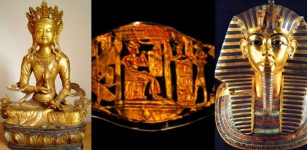 Ancient Sophisticated Technologies: Mercury-Based Gilding That We Still Can’t Reach
Ancient Technology | Aug 1, 2018
Ancient Sophisticated Technologies: Mercury-Based Gilding That We Still Can’t Reach
Ancient Technology | Aug 1, 2018 -
 Rare Ancient Roman Cauldron Discovered In Central Norway
Archaeology | Sep 16, 2019
Rare Ancient Roman Cauldron Discovered In Central Norway
Archaeology | Sep 16, 2019 -
 Deformed Skulls And Clues Found In Ancient Cemetery In Hungary
Archaeology | May 1, 2020
Deformed Skulls And Clues Found In Ancient Cemetery In Hungary
Archaeology | May 1, 2020 -
 Fascinating 3,000-Year-Old Artifacts Found At Herne Bay, Kent, UK
Archaeology | Jun 24, 2022
Fascinating 3,000-Year-Old Artifacts Found At Herne Bay, Kent, UK
Archaeology | Jun 24, 2022 -
 Ashurbanipal – Last Great Ruler Of Assyria And His Famous Well-Organized Library
Featured Stories | Jun 21, 2021
Ashurbanipal – Last Great Ruler Of Assyria And His Famous Well-Organized Library
Featured Stories | Jun 21, 2021 -
 The Prophecy Of The Rainbow Warriors And Future Of Planet Earth
Featured Stories | Aug 29, 2018
The Prophecy Of The Rainbow Warriors And Future Of Planet Earth
Featured Stories | Aug 29, 2018 -
 Cave Hidden Under Pembroke Castle in Wales Could Hold Secrets Dating Back 10,000 Years
Archaeology | Jul 16, 2022
Cave Hidden Under Pembroke Castle in Wales Could Hold Secrets Dating Back 10,000 Years
Archaeology | Jul 16, 2022 -
 407-Million-Year-Old Plant Fossil Challenges Long-Held Theory On Fibonacci Spirals Found In Nature
Evolution | Jun 22, 2023
407-Million-Year-Old Plant Fossil Challenges Long-Held Theory On Fibonacci Spirals Found In Nature
Evolution | Jun 22, 2023 -
 Ancient Flying Canoes And Magic In The Pacific – Arrival Of Strange People – Part 1
Featured Stories | Jan 28, 2020
Ancient Flying Canoes And Magic In The Pacific – Arrival Of Strange People – Part 1
Featured Stories | Jan 28, 2020 -
 Massive 2nd-Century Fountain In Turkey’s Ancient City Of Tripolis Will Be Soon Restored
Archaeology | Aug 3, 2020
Massive 2nd-Century Fountain In Turkey’s Ancient City Of Tripolis Will Be Soon Restored
Archaeology | Aug 3, 2020 -
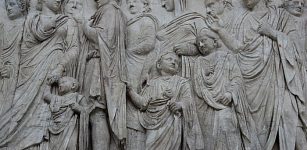 Ara Pacis: Altar In Rome Dedicated To Pax, The Roman Goddess Of Peace
Ancient History Facts | Apr 4, 2016
Ara Pacis: Altar In Rome Dedicated To Pax, The Roman Goddess Of Peace
Ancient History Facts | Apr 4, 2016
